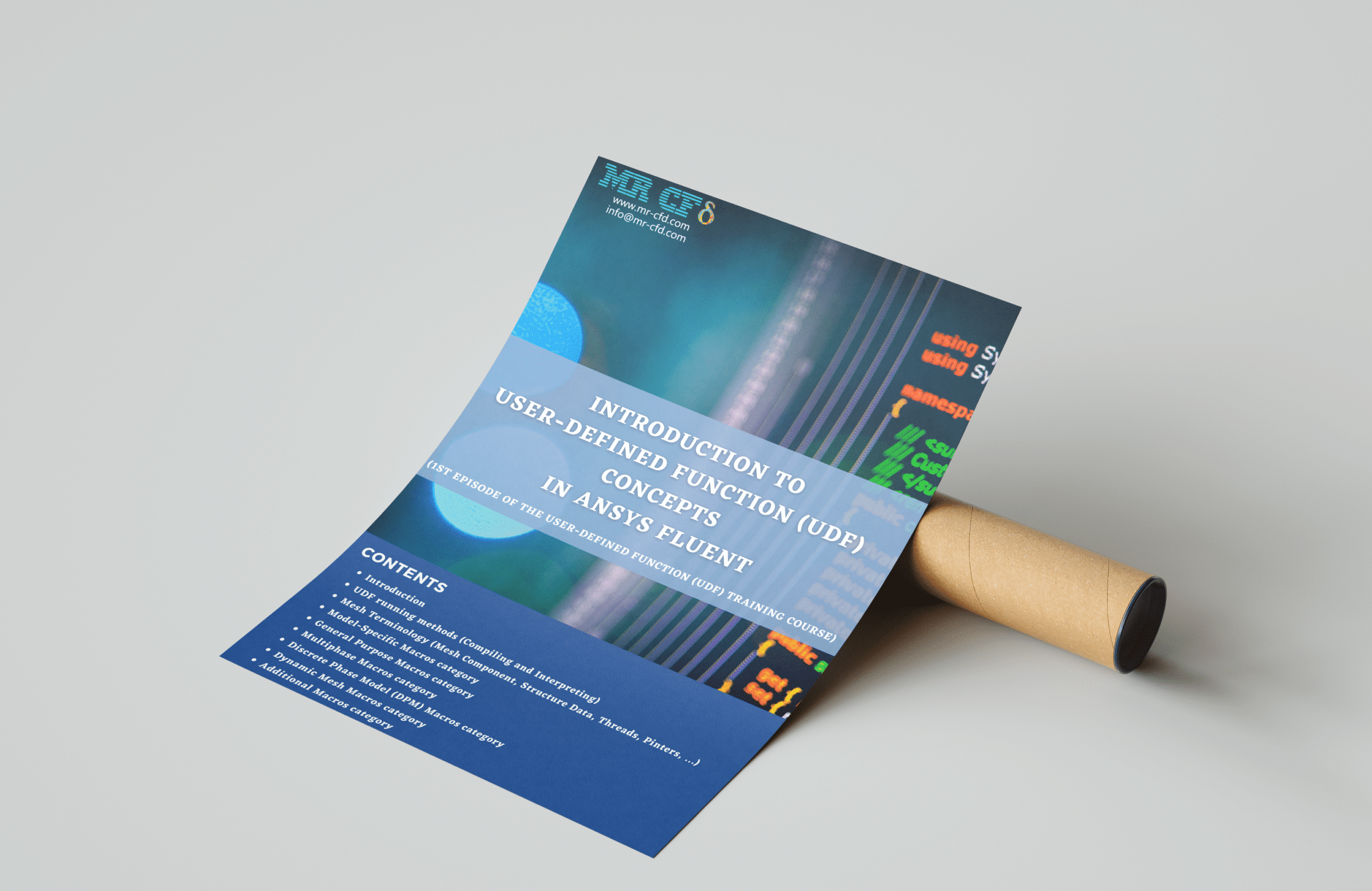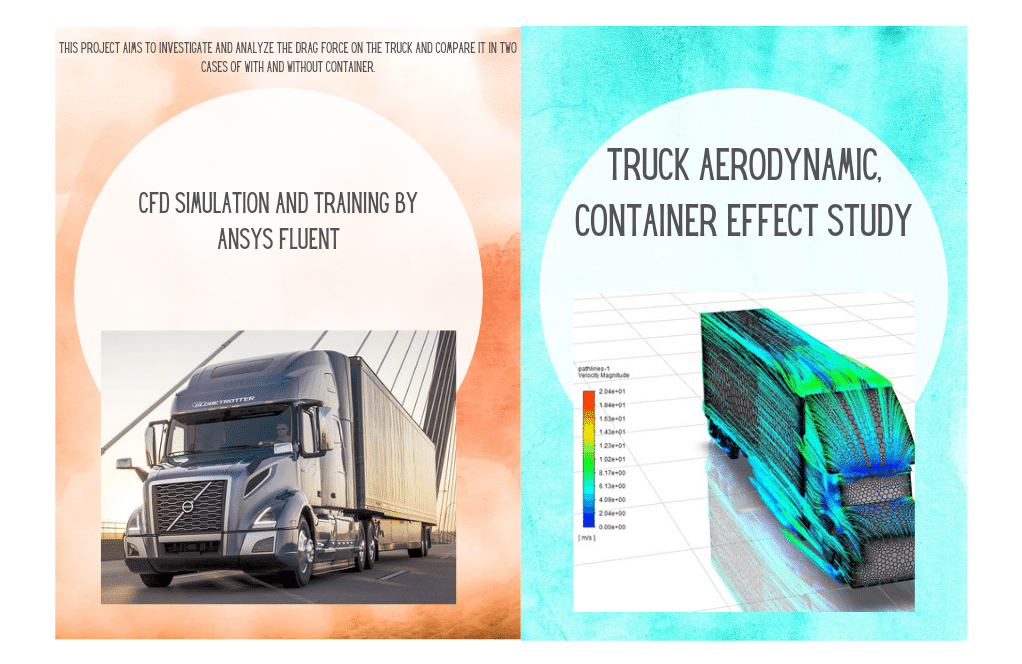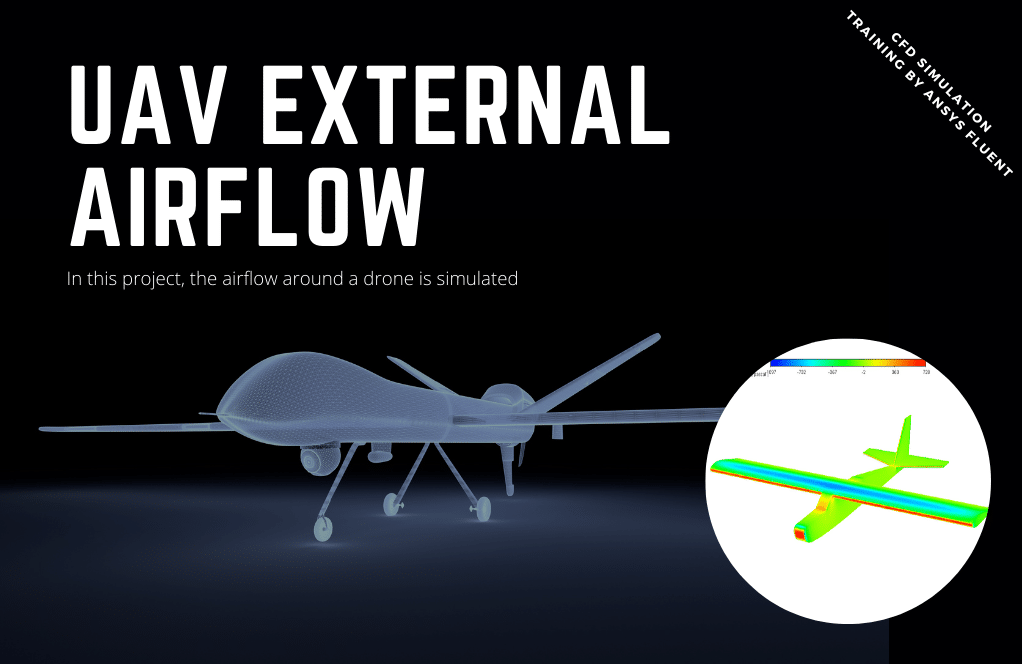User-Defined Function (UDF) Concepts in ANSYS Fluent
Free
- Introduction to USer-Defined Function (UDF) in ANSYS Fluent software
- Introduction to UDF running methods
- Introduction to Mesh Terminology
- Introduction to Model-Specific Macros category
- Introduction to General Purpose Macros category
- Introduction to Multiphase Macros category
- Introduction to Discrete Phase Model (DPM) Macros category
- Introduction to Dynamic Mesh Macros category
- Introduction to Additional Macros category
To Order Your Project or benefit from a CFD consultation, contact our experts via email ([email protected]), online support tab, or WhatsApp at +44 7443 197273.
There are some Free Products to check our service quality.
If you want the training video in another language instead of English, ask it via [email protected] after you buy the product.
Description
User-Defined Function (UDF) Concepts in ANSYS Fluent
Introduction to UDF Concepts
This video aims to talk about User-Defined Function (UDF) Concepts. This lesson will give you a general introduction to the UDF and an overview of using UDF programming in ANSYS Fluent. This product is the first chapter of the UDF training course. We fully and comprehensively introduce you to UDF writing and its importance in Ansys Fluent software.
First, we teach how to run UDF in Fluent software. For this, you can use two methods:
- Compiling
- Interpreting
When you use UDF, there is a link between the UDF commands and the internal data of the Fluent software. So, we introduce a concept called Mesh Terminology. Therefore, we define concepts such as Mesh Components, Structure Data, Threads, Pointers, etc. To program UDF, we must use predefined Macros in Fluent Ansys. So, UDF can be classified based on the type of macros used.
In this training chapter, we introduce different types of commonly used macros. Some of them are:
- General Purpose DEFINE Macros
- Model-Specific DEFIENE Macros
- Multiphase DEFINE Macros
- Discrete Phase Model (DPM) DEFINE Macros
- Dynamic Mesh DEFINE Macros
Each category has several examples of macros, and we introduce some commonly used examples. Then, we explain the use and function of each of these macros. Each of these macros consists of several arguments. We introduce each of these arguments and explain their function.
Some examples of general purpose macros category:
- DEFINE_ADJUST
- DEFINE_DELTAT
- DEFINE_EXECUTE_AT_END
- DEFINE_INIT
Some examples of model-specific macros category:
- DEFINE_PROFILE
- DEFINE_PROPERTY
- DEFINE_SOURCE
- DEFINE_PRANDTL
Some examples of multiphase macros category:
- DEFINE_CAVITATION_RATE
- DEFINE_EXCHANGE_PROPERTY
- DEFINE_MASS_TRANSFER
Some examples of discrete phase model (DPM) macros category:
- DEFINE_DPM_BC
- DEFINE_DPM_DRAG
- DEFINE_DPM_EROSION
Some examples of dynamic mesh macros category:
- DEFINE_CG_MOTION
- DEFINE_SDOF_PROPERTIES
- DEFINE_GRID_MOTION
In the next section, we introduce some examples of additional macros:
- Data Access Macros
- Looping Macros
- Vector and Dimensions Macros
- Time-Dependent Macros
This product is the 1st chapter of the User-Defined Function (UDF) Training Course.




Cristopher Rippin Jr. –
The video mentions several categories of macros. Can you explain when it’s best to use Compiling versus Interpreting for running UDFs in ANSYS Fluent?
MR CFD Support –
In ANSYS Fluent, compiling UDFs is recommended when you have complex functions or when performance is critical, as it is more efficient and allows for error checking at the compile-time. Interpreting, on the other hand, is suitable for simpler UDFs or for debugging purposes since it doesn’t require the compilation step and can be easier for quick testing and modifications.
Dr. Julius Welch –
The video seems comprehensive, but could you let me know if there are any prerequisites in terms of programming knowledge before starting this UDF Concepts training?
MR CFD Support –
Certainly. Prior knowledge of programming, especially in C/C++, is beneficial before starting the UDF training course. The material will involve an understanding of programming structures, functions, and pointers which are fundamental in C programming. However, basic programming concepts are also explained during the course to help beginners build their skills progressively.
Miss Sienna Cartwright IV –
I finished the User-Defined Function (UDF) Concepts chapter and found the introduction to mesh terminology particularly helpful. It set a solid foundation for understanding the subsequent modules. Are mesh elements and threads covered in more depth in later chapters of this course?
MR CFD Support –
I’m glad you found the introduction to mesh terminology helpful! Yes, the course will delve deeper into mesh elements and threads in the later chapters. You’ll learn about how to access and manipulate these elements using UDFs, ensuring you can customize and optimize your simulations in ANSYS Fluent to great detail.
Walter Friesen –
The introduction to UDF in ANSYS Fluent sounds extensive, thank you for breaking it down so clearly! I’m excited to dive in and learn how to customize and extend simulations with my own functions. Can’t wait to implement the principles taught in the Dynamic Mesh UDFs for my project.
MR CFD Support –
Thank you so much for your kind words! We’re thrilled to hear that our breakdown on the User-Defined Functions (UDF) has set you up for success with your projects. If you ever have any questions while applying what you’ve learned or need further guidance on Dynamic Mesh UDFs, do not hesitate to reach out. Happy simulating!
Carroll Ward IV –
Outstanding introduction to UDFs in ANSYS Fluent! This course chapter provided clarity on when to use compiling versus interpreting and how these methods connect to Fluent’s internal data. The breakdown between general purpose, model-specific, and more advanced macros like DPM and dynamic mesh really illustrated the power and flexibility UDFs offer for customization. Can’t wait to dive deeper into the subsequent chapters and apply this knowledge to refine my own simulation projects!
MR CFD Support –
Thank you for your kind words and positive feedback on the UDF Concepts introduction in ANSYS Fluent! We are thrilled to hear that the course has provided you with the clarity and understanding you need to enhance your simulations. Your eagerness to learn more and apply the concepts to your projects is exactly what we aim to inspire. If you require any further assistance as you continue with the subsequent chapters, please do not hesitate to reach out. Happy simulating!
Emilia Pacocha II –
I’ve just completed the first chapter of the UDF training course and it was extremely insightful. The explanations on how to implement and run UDFs within ANSYS Fluent through both compiling and interpreting were clear and straightforward. The mesh terminology and the categorized macros highlighted how versatile and powerful UDFs can be in customizing CFD simulations. Looking forward to the next chapters!
MR CFD Support –
Thank you for your positive feedback on the UDF training course’s first chapter! We’re thrilled to hear that you found the content insightful and easy to understand. It’s great to know that you’re excited about deepening your knowledge in using UDFs in ANSYS Fluent. Stay tuned for the subsequent chapters, as they’ll further broaden your expertise and skills in this area.
Payton Adams –
The explanations on Macros and their categories are extremely helpful. I was able to follow along quite easily with your examples. Especially the sections on how to handle different types of data inputs and outputs. Very informative training module!
MR CFD Support –
Thank you for your kind words! We’re thrilled to hear that the User-Defined Function (UDF) Concepts chapter was clear and helpful for you. It’s great to know that the examples provided a good understanding of UDFs in ANSYS Fluent. If you have any further questions or need additional information, feel free to reach out. Thanks for choosing our learning product!
Annetta Huel Jr. –
This introductory chapter really helped clarify UDF basics for me. I’m especially interested in how to use the predefined macros in Fluent Ansys. Is the rest of the course just as comprehensive in explaining how to apply these macros practically in simulations?
MR CFD Support –
Yes, the course continues to provide a detailed exploration of predefined macros and how they are practically applied in ANSYS Fluent simulations. You will learn how to utilize various macro types through step-by-step examples, ensuring a comprehensive understanding of their usage in different scenarios.
Tina Nader I –
I just finished the first chapter of the UDF training course on ANSYS Fluent, covering the basics of UDF concepts. Truly an informative start—excited to delve deeper into customized function creation!
MR CFD Support –
We’re thrilled to hear that you’ve found the first chapter of our UDF training course to be informative. It’s great that you’re excited to continue learning! Thank you for the positive feedback.
Maria Hettinger –
I really enjoyed learning about UDF from this introductory chapter. It’s filled with clear explanations and relevant examples, making the concept of UDF programming accessible!
MR CFD Support –
Thank you for such a positive review! We’re delighted to hear that the introductory chapter to UDF was helpful to you. If you have any more feedback or need further assistance as you continue learning, feel free to reach out.
Lee Kirlin DVM –
The UDF course content seems comprehensive. Will it also provide practical examples to implement the discussed macros?
MR CFD Support –
Absolutely! The course includes practical examples to help you understand how to implement the various macros within UDFs. It’s designed to provide both theoretical backgrounds and hands-on experiences.
Shanny Kirlin –
I thoroughly enjoyed the first chapter of the UDF training course. The explanations were clear, and the categorization of macros was particularly helpful in understanding how they integrate with ANSYS Fluent. I’m looking forward to applying this knowledge to my projects!
MR CFD Support –
Thank you for your positive review! We’re delighted to hear that you found the first chapter of our UDF training course helpful and clear. Our goal is to provide comprehensive education to help our clients excel in their projects. We wish you the best of luck with your endeavors, and look forward to supporting you in future chapters.
Prof. Winfield O’Hara PhD –
The potential applications of UDFs detailed here seem limitless, but could you give me an example of a practical problem I could solve using a UDF in ANSYS Fluent?
MR CFD Support –
Certainly! UDFs can be utilised to tackle a broad array of complex computational fluid dynamics problems. For example, with a UDF, you could adjust a boundary condition of a simulation dynamically based on the real-time calculation of certain flow parameters. This could be the variation of temperature at an inlet based on the ongoing simulation results or implementing a non-linear drag or reaction rate within a chemical reaction simulation. They offer extensive customisation to your simulations beyond the predefined settings in ANSYS Fluent.
Lamont Smitham –
The introduction to UDF concepts training video from MR CFD was great; can you tell me if it includes actual examples where these macros are used, so I can understand better?
MR CFD Support –
Indeed, the UDF Concepts introduction includes practical examples for each category of macros. These examples illustrate how the macros interact with the Fluent environment and perform specific actions, thereby enhancing your understanding of their application in custom-defined conditions and modeling specific physics within ANSYS Fluent.
Holly Hickle II –
This is an eye-opening module! I was struggling to implement custom boundary conditions for my project, and the UDF course has been a game-changer. Not only has it clarified the purpose and application of different macros, but the guidance on mesh terminology and Fluent internal data makes much more sense now. The examples brought everything together and made the complex theory applicable. Great work on providing comprehensive UDF training!
MR CFD Support –
We’re thrilled to hear that our User-Defined Function (UDF) Concepts in ANSYS Fluent has been so beneficial to you. Understanding UDFs certainly offers a significant advantage when customizing simulation conditions. Thank you for recognizing the effort we put into explaining mesh terminology and providing practical examples. We appreciate your feedback and are glad to have made a positive impact on your project!